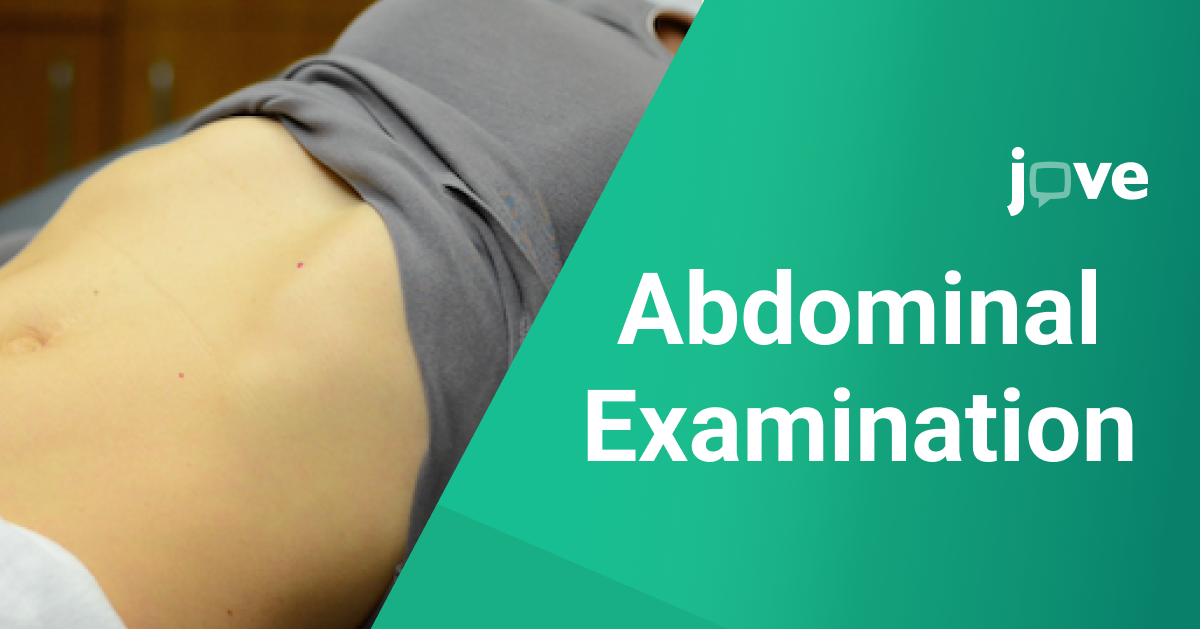In this blog post, we will explore the Abdominal-Exam-I: Anatomy, Topography, and Auscultation. This comprehensive medical resource delves into the examination of the abdominal region, covering the anatomical layout, the topographical areas for assessment, and the techniques used for auscultation to detect normal and abnormal sounds. This educational content is crucial for healthcare professionals learning to assess and diagnose conditions related to the abdomen.
What is the Abdominal Exam: Anatomy, Topography, and Auscultation?
The Abdominal-Exam is a comprehensive medical resource that delves into the examination of the abdominal region. It covers the anatomical layout, the topographical areas for assessment, and the techniques used for auscultation to detect normal and abnormal sounds. This educational content is crucial for healthcare professionals learning to assess and diagnose conditions related to the abdomen.
The abdomen, often referred to as the abdominal area, encompasses several key regions known as region abdominal. These zones house various organs and structures grouped into distinct human abdomen parts such as the upper, middle, and lower abdomen. Each area has specific anatomical features crucial for clinical assessments and procedures.
How to Conduct an Abdominal Examination?
Auscultation and percussion are fundamental to a thorough abdominal examination. While auscultation focuses on listening to internal sounds, percussion involves tapping the abdominal surface to determine the density of underlying structures, helping to identify fluid, air, and organ size within the "zonas abdomen."
-
Percussion Methods and Their Clinical Application: Percussion methods vary, but the primary approach involves using fingers to gently tap the abdomen to produce sounds that reflect the underlying structure's density. This technique is crucial for mapping organ boundaries, detecting masses, and assessing fluid accumulation.
-
Understanding Auscultation in Abdominal Examinations: Auscultation is a critical component of the abdominal examination. It involves listening to the sounds within the abdomen to assess bowel activity and detect any vascular abnormalities. This technique is essential for identifying digestive sounds and potential disruptions, which can indicate underlying health issues.
-
Diagnosing Common Abdominal Conditions: Abdominal percussion plays a crucial role in diagnosing conditions such as hepatomegaly (enlarged liver), splenomegaly (enlarged spleen), and intra-abdominal fluid. Understanding the "abdominal parts of anatomy" allows clinicians to more accurately diagnose and manage these conditions.
How to Learn Abdominal Percussion Examination with JOVE?
JoVE.com provides extensive educational content, including videos and tutorials, that teach the techniques of abdominal percussion examination. These resources are designed to help medical students and professionals master the procedures, ensuring they can effectively apply these skills in clinical settings.
Conclusion
This guide offers an in-depth look at the structure and examination techniques of the abdomen, including auscultation and percussion. By mastering these methods, medical professionals can improve their diagnostic capabilities and patient outcomes, with JOVE’s educational tools supporting a thorough understanding of effective abdominal examination strategies.
